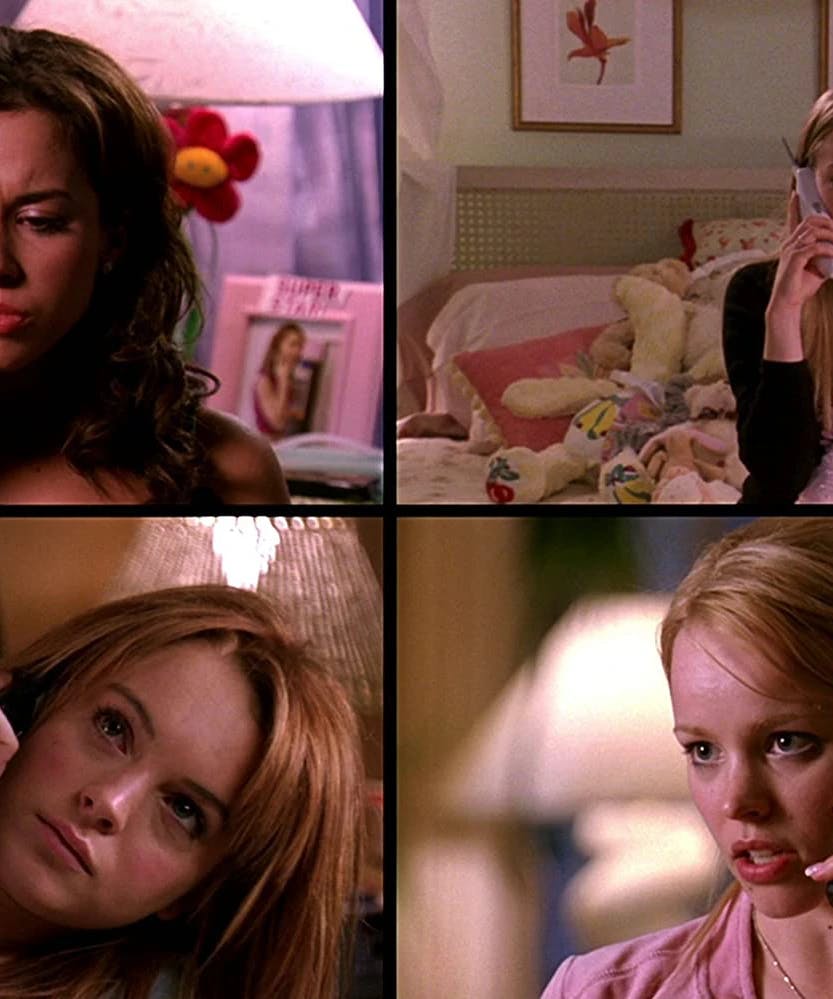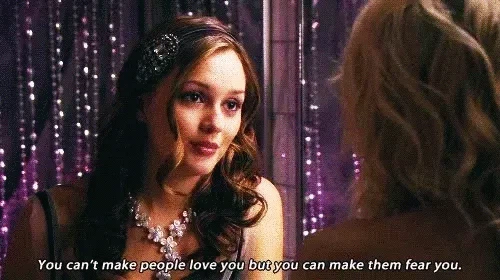Girl Hate And Mean Girls: Is It Insecurity Or Internalized Misogyny?
I’ve dealt with mean girls my entire life. They don’t go away after middle school and high school. I’ve also faced mean girls in college and the professional world.

“Girl hate” is a phenomenon where girls and women are mean to other girls and women. You may know it from movies like Mean Girls or your own high school experience. Feminists sometimes say that internalized misogyny is to blame, but the truth goes much deeper. To understand why this happens, we need to examine the psychology of this phenomenon. Spoiler alert: it has nothing to do with internalized misogyny.
The Psychology behind Mean Girls
Though some people blame factors like the patriarchy and internalized misogyny for this phenomenon, psychological research suggests other factors. Psychological research on relational aggression explains the phenomenon of mean girls.
Jennifer Power-Lunder, Psy.D, writes, “Relational aggression is a specific non-physical brand of aggression. It is most often associated with “mean girl” behavior. The perpetrator “attacks” their victim by ruining their relationships, often with the aim of destroying their social status. Queen bees use this approach to keep their minions in line, buzzing around the hive. Queen bees rely on emotional abuse and psychological control to maintain their own social status. To be clear, however, this type of aggression is not only a tool used by queen bees. Get a gaggle of tween girls together and quite often there can be drama because, during this age, awkward insecurities abound.”
The perpetrator “attacks” their victim by ruining their relationships, often with the aim of destroying their social status.
In short, girls and women are sneakier when it comes to aggression than boys and men are. Instead of threats and physical violence, girls and women often hit their victims where it hurts the most through emotional abuse and exploiting each other’s insecurities.
Mean girls use manipulation to hide their own insecurities.
After her 2002 book Queen Bees and Wannabes: Helping Your Daughter Survive Cliques, Gossip, Boyfriends, and the New Realities of Girl World was released and praised (Tina Fey used this book as the inspiration behind writing the screenplay for Mean Girls), author Rosalind Wiseman began hosting seminars to help adolescent girls cope with the struggles of their social lives. She hosted a class where girls were asked to apologize to friends they hurt in front of a crowd (sound familiar?) and the insecurity of the mean girls peeked through.
When it came to girls crying at her seminars, she said, ''The tears are a funny thing. Because it's not usually the victims who cry; it's the aggressors, the girls who have something to apologize for. And sometimes, yes, it's a relief on their part, but it's also somewhat manipulative because if they've done something crappy, the person they've done it to can't get that mad at them if they're crying. Plus, a lot of the time they're using the apology to dump on somebody all over again.''
It's not usually the victims who cry; it's the aggressors, the girls who have something to apologize for.
This implies that despite seeming to enjoy invoking pain in others, mean girls often suffer too. As I've gotten older, I’ve realized the majority of the girls who were mean to me while growing up were acting on insecurities. How do I know that? I spoke to some of them about it after we agreed to call a truce. As we mature, we start to realize how petty that drama really is.
Mean Girls in Popular Media
I actually enjoy seeing mean girls portrayed in popular media because it shows that they’re not monsters, they’re insecure.
Regina George from Mean Girls
Regina George from Mean Girls is the epitome of the high school mean girl. Despite having the facade of a perfect life, Regina quickly breaks down as her popularity, good looks, friends, and boyfriend start to fade away. It becomes clear as the movie goes on that she’s just as insecure as every other high school girl — she just hides it by controlling everyone around her.
She’s just as insecure as every other high school girl — she just hides it by controlling everyone around her.
The perfect example of this is her obsession with her body image. She obsessively reads the nutrition labels on every food she eats to make sure she stays as thin as possible. This leads her enemies to take advantage of her by tricking her into eating nothing but nutrition bars to make her gain weight. Her true insecurities are shown when she loses control of her body image.

Blair Waldorf from Gossip Girl
Blair Waldorf from Gossip Girl is the perfect example of an insecure mean girl. In the earlier seasons, when the characters are in high school, Blair is the queen bee of the popular clique and terrorizes all the other girls at her school. She’s obsessed with being the best at everything. Whether it’s having the best grades, the best clothes, or the best boyfriend, she has to have the best.

As these things slip from her fingers (Nate cheating on her, her not getting into Yale), her insecurities come out. She’s the most miserable of all the girls at her school, so obsessed with perfection that she’s developed a severe case of bulimia. She tries to bring her former high school hierarchy with her to college and fails miserably, leaving her at her most vulnerable. As the show carries on, the more viewers can see that she’s just as insecure, if not more insecure than everyone else.
Stassi Schroeder from Vanderpump Rules
This phenomenon goes beyond fiction. On earlier seasons of Bravo’s Vanderpump Rules, Stassi Schroeder was the quintessential mean girl. She was conceited, rude to all of her friends, and acted like she ran the world. As the seasons of the show progressed, it became clear that she wasn’t as confident as she pretended to be. Like Regina and Blair, she was mean to other girls to cover up her own insecurities.
Stassi wasn’t as confident as she pretended to be.
As she matured, this faded away and she became a nicer and happier person. Her growth was shown when she was shown a clip of herself in the 2008 show, Queen Bees, where she competed with a group of fellow mean girls to see who could improve themselves the most. When she was shown the clip, she was embarrassed by her past behavior.
Mean Girls after High School
Our insecurities don’t magically disappear when we get our high school diplomas and neither do mean girls. Whether it’s in your college sorority or a PTA meeting for your kid’s school, you’ll likely see behaviors similar to those exhibited by adolescent mean girls.
Rosalind Wiseman wrote about this in 2019, 17 years after the publication of her famous book that inspired Mean Girls. When it comes to dealing with adult mean girls, she suggests reassessing how we experience and express anger because properly used anger can improve how we communicate with one another and help us stand up for ourselves.
Properly used anger can improve how we communicate with one another and help us stand up for ourselves.
Wiseman writes, “Anger is an emotion that tells us something is wrong. That’s a good thing when we know how to process it effectively and then communicate it appropriately. Paying attention to the feeling when we have it and asking ourselves a few simple but powerful questions is essential to our well-being, whether we are the ones getting quiet or the ones being mean.”
Closing Thoughts
As women, we deal with mean girls for the majority of our lives. It’s important to understand the psychology and motivations behind the mean girl to not only understand her, but also to prevent our future daughters from turning into her. This requires empathizing with the mean girl, not blaming internalized misogyny for her behavior.